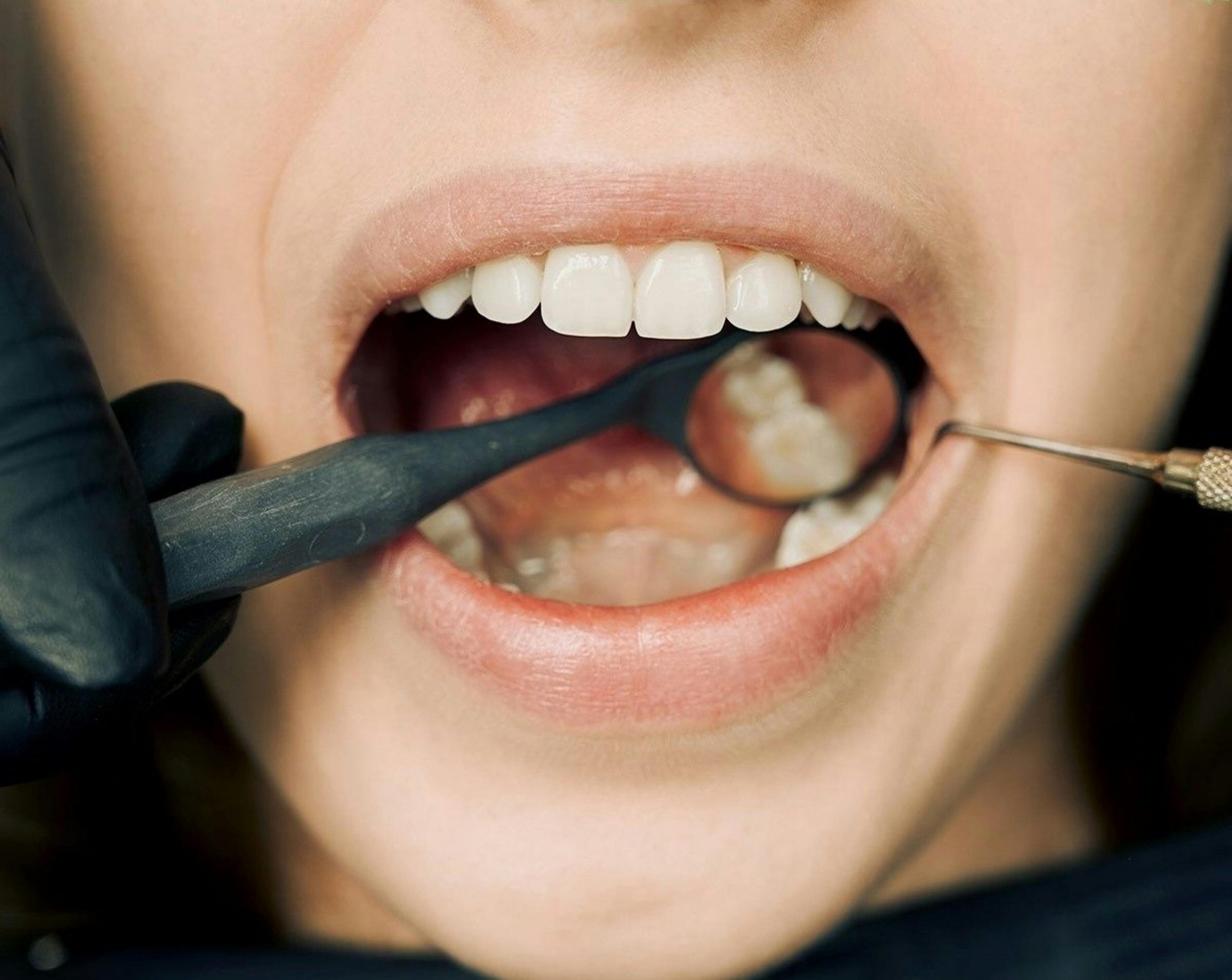
Why Do Your Gums Hurt After Flossing? Causes, Solutions, and Prevention

Flossing is an essential part of a healthy oral care routine, but if your gums hurt after flossing, you’re not alone. Gum discomfort, tenderness, or bleeding can be a sign of an underlying issue—or it could just mean you’re flossing too hard. This article will explore the common reasons why gums hurt after flossing, solutions to alleviate the discomfort, and prevention tips to keep your gums healthy and pain-free.
Why Does Flossing Make Your Gums Hurt?
Flossing removes plaque and food debris from between teeth, areas your toothbrush can’t reach. However, improper technique or gum issues can cause pain. Here are some common reasons your gums may hurt after flossing:
- Aggressive flossing: Applying too much pressure or snapping the floss into your gums can injure the soft tissue.
- Gum inflammation (gingivitis): Early gum disease causes gums to become red, swollen, and prone to bleeding or pain when disturbed by floss.
- Plaque buildup: If plaque has accumulated under the gumline, flossing can irritate sensitive gums and even cause bleeding.
- New to flossing: If you’ve just started flossing regularly, your gums may need time to adjust. Initial discomfort usually resolves as your gums become healthier.
- Dental work or orthodontics: Braces, crowns, or dental bridges may create tight spaces that make flossing challenging, potentially irritating gums.
Could Your Gum Pain Be a Sign of a Serious Issue?

In some cases, gum pain after flossing may indicate an underlying oral disease. Watch for these warning signs:
- Persistent bleeding gums even with gentle flossing
- Swollen or receding gums
- Bad breath or a persistent bad taste in the mouth
- Loose teeth or shifting bite
If these symptoms accompany your gum discomfort, you may have gingivitis or the more advanced periodontitis, which requires professional dental treatment.
How Can You Floss Without Hurting Your Gums?
Proper flossing technique is crucial to prevent gum pain and ensure thorough cleaning. Here’s a step-by-step guide:
- Use about 18 inches of floss so you can wind it around your fingers and use a clean section between each tooth.
- Gently guide the floss between your teeth using a sawing motion. Avoid snapping it against your gums.
- Curve the floss into a “C” shape against one tooth, sliding it beneath the gumline to clean the side.
- Repeat for each tooth, using a clean section of floss.
- Be consistent. Floss at least once a day to maintain gum health.
If you find traditional floss challenging, consider floss picks, water flossers, or soft picks as alternatives.
How Long Does It Take for Gums to Adjust to Flossing?
If you’ve recently started flossing after a period of neglect, it’s normal for your gums to feel tender or bleed slightly for the first few days. However, within one to two weeks of consistent flossing, your gums should become healthier and stop hurting.
If pain persists beyond two weeks or worsens, it’s time to consult your dentist.
What Should You Do If Your Gums Hurt After Flossing?

Here’s how you can relieve gum pain after flossing and promote healing:
- Rinse with warm salt water (1/2 teaspoon salt in 8 ounces of water) to reduce inflammation.
- Apply a cold compress to your cheek to reduce swelling.
- Use an antiseptic mouthwash to control bacteria.
- Switch to a softer floss or try a water flosser to reduce irritation.
- Stay hydrated and maintain good oral hygiene to support gum health.
- Avoid tobacco and limit sugary snacks, which can worsen gum issues.
When Should You See a Dentist About Gum Pain?
While mild discomfort may be normal when starting a new flossing routine, persistent gum pain could signal something more serious. See your dentist if you experience:
- Gum pain lasting longer than two weeks
- Excessive bleeding or pus around the gums
- Loose teeth or receding gums
- Persistent bad breath or bad taste
Your dentist can assess your gum health, check for signs of gum disease, and recommend appropriate treatment.
Can Flossing Cause Gum Recession?
Yes, but usually only if you’re flossing incorrectly. Forcing the floss into the gumline or using a sawing motion too aggressively can damage the delicate gum tissue, contributing to gum recession. To prevent this:
- Use gentle pressure and proper technique
- Choose the right floss (waxed, unwaxed, or specialty floss for tight spaces)
- Floss daily to prevent plaque buildup that can cause gum disease and recession
How Can You Prevent Gum Pain After Flossing in the Future?
Healthy gums shouldn’t hurt when you floss. Here’s how to prevent gum discomfort:
- Practice gentle, consistent flossing to avoid sudden irritation
- Brush twice a day with a soft-bristled toothbrush and fluoride toothpaste
- Visit your dentist for professional cleanings and checkups at least twice a year
- Eat a balanced diet rich in vitamins C and D, calcium, and antioxidants
- Stay hydrated to promote healthy saliva flow and gum health
- Avoid smoking and limit sugary foods and drinks
FAQs About Gum Pain After Flossing
Q: Why do my gums bleed when flossing?
A: If your gums bleed when flossing, it might be due to plaque buildup or gingivitis. Gently floss daily and consult your dentist if bleeding persists.
Q: Can I skip flossing if it makes my gums hurt?
A: No! Skipping flossing allows plaque and bacteria to build up, worsening gum health. Instead, focus on gentle, correct technique and consult your dentist if pain persists.
Q: How often should I floss?
A: Once a day is ideal. Consistency helps prevent gum irritation and keeps your gums healthy.
Q: Are there alternatives to traditional floss?
A: Yes! Consider using water flossers, floss picks, or interdental brushes for a gentler option.
The Bottom Line
If your gums hurt after flossing, it could be due to improper technique, gum inflammation, or an underlying oral disease. By adopting a gentle, consistent flossing routine, using the right tools, and maintaining overall oral hygiene, you can keep your gums healthy and pain-free.
However, if gum pain persists, don’t ignore it—schedule a dental checkup to rule out serious gum issues like gingivitis or periodontitis.

